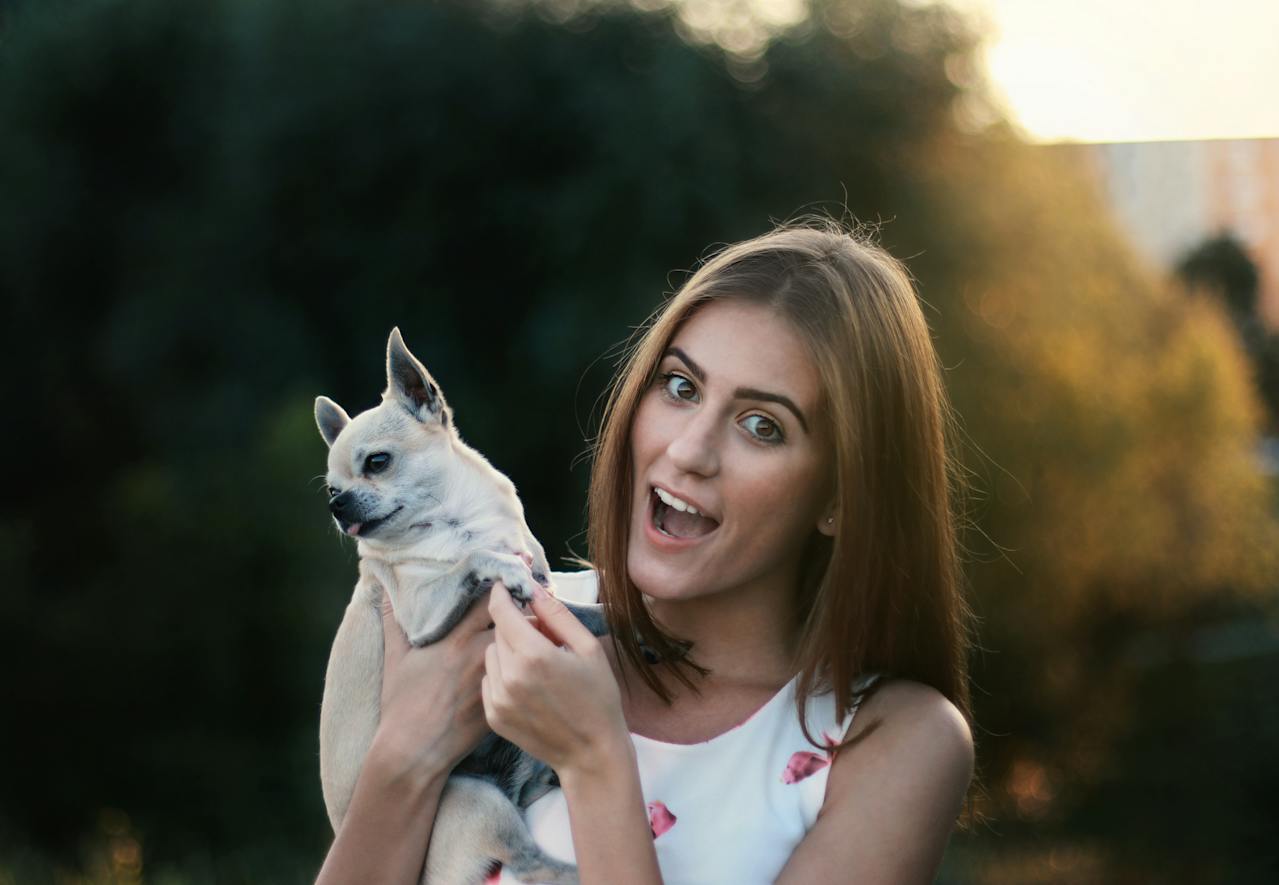Pets don’t sweat! That’s a fact. Knowing when your pet is overheating is key to avoiding canine heat stroke this summer.
Which Dog Breeds are at the highest risk?
Flat faced dog breeds including Boston’s, Frenchie’s, Shitzu’s, Lhasa Apso’s, Bull Dog’s and Pug’s are most prone to overheating. Because their respiratory system is already compromised and restricts air flow in general, panting to lost heat is less than efficient for these adorable canines.
Consequently, they heat up quickly and cool down is not easily accomplished.
Dogs that Play Ball Endlessly.
Certain dog breeds such as Labs and Goldens will fetch and play ball for hours on end regardless of how hot they become. Some of these canines will literally play ball until they collapse. Restrict outside play to short 15-20-minute sessions then come inside and let them rest and cool down for a couple hours.
Pudgy Pets are Heat Intolerant
If your canine is a bit overweight, remember that extra layer of fat not only insulates Fido, it also reduces your dog’s ability to lose heat and cool down. In fact, resent evidence indicates that pudgy canines suffering from heat stroke have a three-time higher risk of fatality than dogs who are not overweight.
Canines with Thick, Long Hair-Coats
According to “Dr. Google,” pet owners should never give long, thick haired dogs a haircut because either their hair won’t grow back and/or because the long, thick fur acts as insulation and cooling dogs down in the summer and keeping them warm in the winter. Thinking about this statement is honestly counterintuitive!
Your dog’s hair does grow back and does offer insulation keeping them warm in the winter. Unfortunately, in this veterinarian’s experience, all that long, thick beautiful fur also keeps pets warm in the summer and increases their risk for overheating and heat stroke.
If a canine haircut is “out of the question” for your dog, be sure to carefully monitor your pooch this summer as the heat is a big obstacle for these dogs to endure.
What’s My Dogs Normal Temperature
Normal rectal temperature for a dog is 101.5 degrees Fahrenheit. Should your canine’s temperature hit 104-that indicates heat exhaustion, over 105 signals heat stroke.
What’s best to do?
It’s well worth it to buy a rectal thermometer and keep it handy, for example in your pets first aid kit. Taking your pups temperature rectally, is the only way you can be sure of whether your canine is suffering from potential heat stroke. If the temperature is 104 to 105 bring Fido inside, offer him or her cool water and either give him a cool bath or hose your pup down while you call your vet. Note that ear thermometers are available for pets but are slightly less accurate.
Is Fido Open Mouth Panting?
Panting is the only way dogs can reduce or lower their body temperature. Unlike people dogs are not able to sweat. So open mouth panting indicates your pooch is hot! What color is the tongue and if you’re able to observe the gum color that’s helpful too. Normal color for the canine tongue is soft pink as it is for the gums. Dark pink changing to a brick red color indicates overheating and likely dehydration.
Loud, open mouth panting with a dark red tongue is a sign of impending heat exhaustion or impending heat stroke. Excessive drooling another way dogs dissipate heat. This often accompanies the heavy panting.
Is Your Dog Acting Drunk?
If your dog is stumbling, wobbling, acting disoriented and/or staggering? These signs can be caused by several issues, but heat stroke can also be the culprit. Again, should your pooch not be acting right, call your vet just to be sure and whenever you’re in doubt as to heat stroke problems take your dog’s temperature.
What Pet Owners Can Do for Canine Heat Stroke
First and foremost, don’t hesitate! Should Fido’s rectal temperature hit 106-it’s an emergency.
Permanent brain damage can occur when your pup’s temperature hits 106 degrees. Left untreated heatstroke progresses into a coma which can be fatal. Immediately soak your canine in a lukewarm or cool tub of water, offer cool water and call your vet or a local Pet ER ASAP. Never force feed water as that can cause aspiration pneumonia. NO ice baths, that can make matters worse. Wrap Fido up in towels and drive to the vet.
Dr. Carol Osborne is an author and world-renowned integrative veterinarian of twenty plus years. After graduating from the Ohio State College of Veterinary Medicine, Dr. Carol completed a prestigious internship at the Columbus Zoo. Shortly afterward, she launched a very successful private practice and became founder and director of the non-profit organization, the American Pet Institute.
Dr. Carol offers traditional veterinary care for dogs and cats with a softer, natural touch. Her approach highlights the importance of nutrition and utilizing holistic avenues in combination with traditional treatments. Currently, she offers holistic therapies and traditional veterinary medical care for dogs and cats at the Chagrin Falls Pet Clinic in Chagrin Falls, Ohio.
Call our Office Today at (866) 372-2765 or complete this Form to Email our Office.







